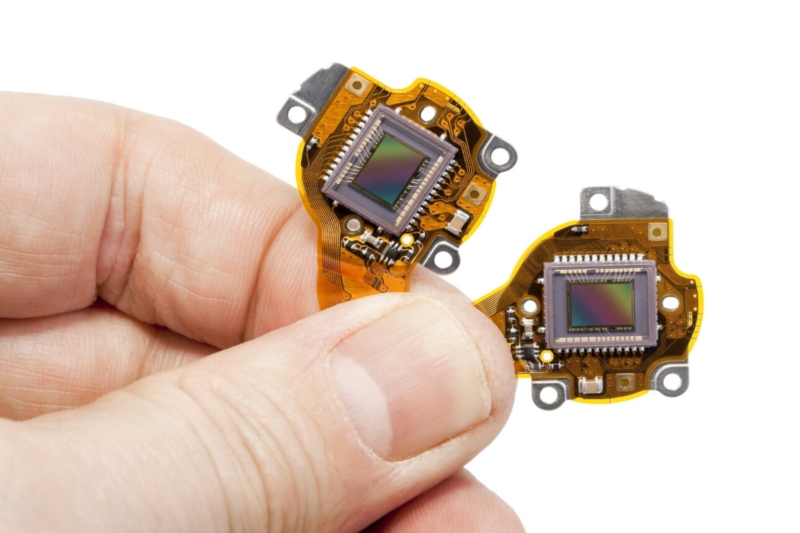
|
Getting your Trinity Audio player ready...
|
Used to be, when the battery was left out, people were inclined to change the battery. However, the practice has shifted with advancements in technology and the development of rechargeable batteries. Nowadays, individuals are more likely to recharge the battery instead of replacing it. This change reflects the evolving trends in battery technology and the growing emphasis on sustainability and resource conservation.

MIT researchers have revolutionised sensor technology by developing a battery-free, self-powered sensor capable of harvesting energy from its environment. This innovation eliminates the need for recharging or replacing batteries, making it ideal for hard-to-reach locations like the inner workings of a ship’s engine. The sensor can autonomously collect data on a machine’s power consumption and operations over extended periods.
The breakthrough involves a temperature-sensing device designed to harvest energy from the magnetic field generated around a wire in the open air. Attaching the sensor to a wire that carries electricity, such as the one powering a motor, can harvest and store energy to monitor the motor’s temperature without requiring a specific soldered connection.
Professor Steve Leeb, the Emanuel E Landsman Professor of Electrical Engineering and Computer Science (EECS), emphasised the significance of ambient power, describing it as energy obtained without a dedicated connection. This characteristic makes the sensor easy to install in various environments. The researchers published a design guide in the IEEE Sensors Journal’s January issue, providing a roadmap for creating energy-harvesting sensors.
The design framework is not limited to magnetic field energy. However, it can be adapted for sensors utilising other power sources such as vibrations or sunlight. This versatility opens the door to cost-effective sensor networks for applications in factories, warehouses, and commercial spaces.
Daniel Monagle, an EECS graduate student and lead author, highlighted the practicality of their solution, stating, “We have provided an example of a battery-less sensor that does something useful and shown that it is a practically realisable solution. Now, others will hopefully use our framework to design their sensors.”
The technology addresses three key challenges:
- The system must start cold, meaning it can initiate its electronics with no initial voltage. This is achieved through a network of integrated circuits and transistors storing energy until a certain threshold is reached.
- The system efficiently stores and converts harvested energy without a battery, relying on capacitors for internal energy storage.
- Control algorithms dynamically measure and budget the energy collected, ensuring the device operates effectively.
John Donnal, an associate professor at the U.S. Naval Academy, saw potential in the technology for monitoring ship systems. The energy-harvesting sensor could facilitate the installation of diagnostic sensors on ships, reducing maintenance costs by providing real-time information on equipment health.
The researchers applied the design framework to create an energy management circuit for an off-the-shelf temperature sensor. This device harvests magnetic field energy to continuously sample temperature data, transmitting it to a smartphone interface via Bluetooth. The team used super-low-power circuits but encountered voltage limitations and energy consumption challenges during data transmission.
Further, the researchers are actively investigating advanced technologies to minimise the environmental impact of data transmission and sensor networks. The ultimate goal is to create a network of sensors that operate sustainably, balancing the need for data gathering with responsible energy consumption.
This innovation addresses current challenges in the field and positions sensor networks as valuable tools for long-term monitoring and analysis in various domains, from environmental science to smart infrastructure. By leveraging the properties of light, optical communication can provide faster and more energy-efficient data transfer.
Jinyeong Moon, an assistant professor at Florida State University, commended the well-documented paper for providing practical guidelines on designing self-powered sensors. The framework’s insights benefit engineers planning wireless sensor node projects, particularly on the cold-start issue.
















